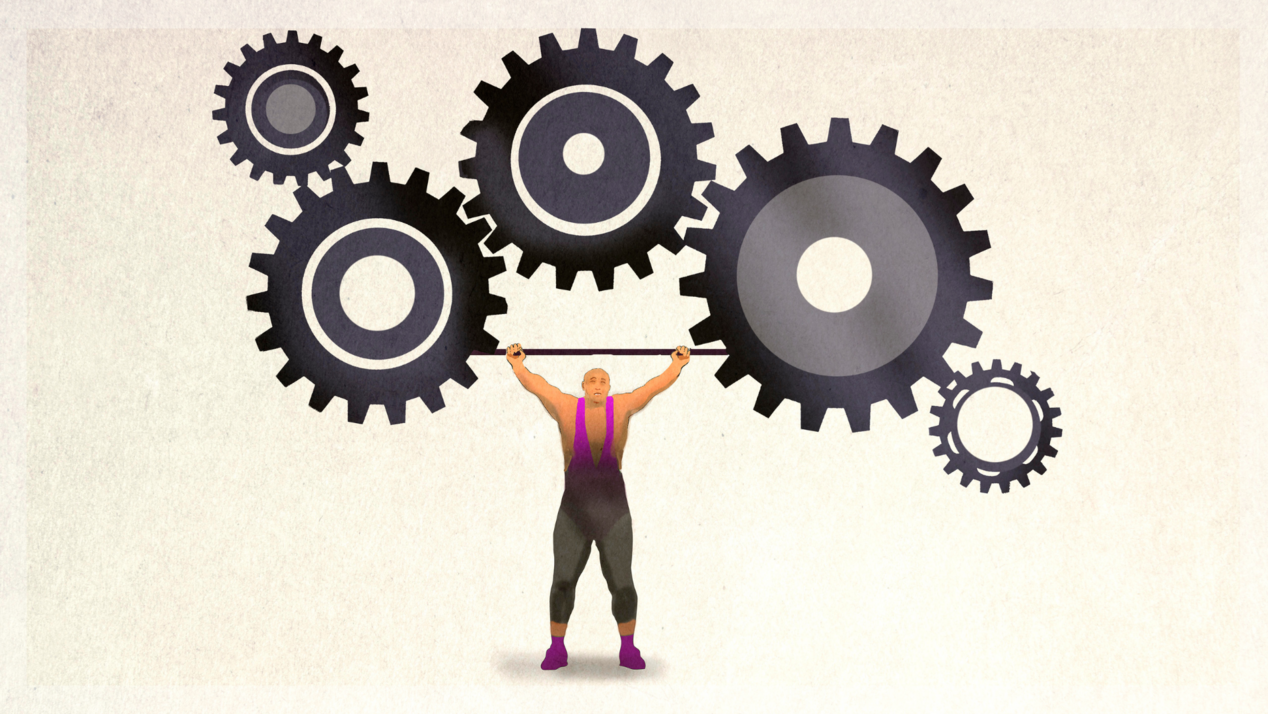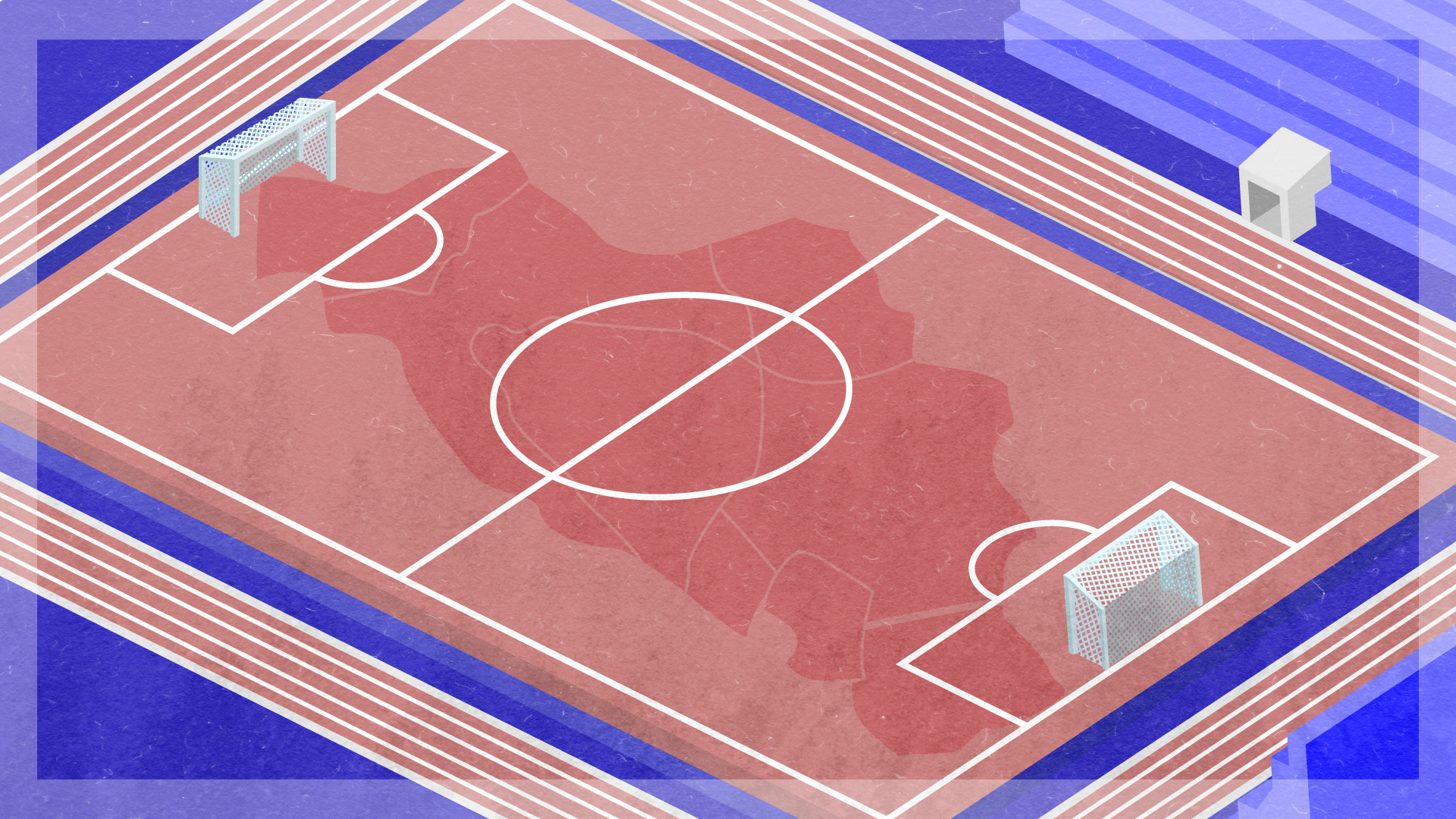26 years on, I don’t remember exactly where I was on 13 May 1990. What I do know is that I was a student during that spring and I was feeling very excited about starting a new chapter of my life in a new world that was filled with joy, but also with sadness, and the fear that the political situation in Kosovo and Yugoslavia as a whole had fundamentally and ominously changed.
Quite the opposite, in fact. The Albanians had the country’s highest illiteracy rate – 97% of this mostly rural population could neither read nor write – and had a fundamentally hostile attitude towards the Slavs, a feeling that was reciprocated. Many Albanians had converted to Islam during the centuries of Ottoman rule in order to preserve their national identity and language. This all meant that the circumstances were hardly ideal for a peaceful coexistence with the Slavs.
[The state] was home to 22 million people, with Albanians being the largest minority. Numbering around 3 million, they lived in Kosovo in southern Serbia and also in parts of Macedonia and Montenegro.
On top of this, almost half of all Albanians were living outside Albania. The king collaborated with Mussolini’s fascists and the German forces during the Second World War. When the war ended, he was forced out and the country joined the ranks of communist states.
The history of separation began, and its effects were felt not only by Albanians and their neighbours, but by the whole of Europe eight years ago, when the world’s newest state, Kosovo, announced its independence.
The Albanians in former Yugoslavia were largely uneducated and lived in a very patriarchal society. Some were Muslims, some were Catholics, and their rituals were very different from those of their Slavic, Orthodox neighbours. Yugoslavia’s communists, with Marshal Tito at their head, diagnosed their malaise as illiteracy, a problem that had to be tackled with the utmost urgency. A campaign was launched to ‘educate the Albanians’, motivated by communist ideologies and a dangerous upsurge of nationalism and separatism.
Hundreds and then thousands of Albanians were admitted to colleges and universities in the former Yugoslavia. From Ljubljana to Zagreb, Sarajevo and particularly Belgrade, skilled workers were trained with a view to returning them to the Kosovan capital of Pristina once they had qualified as teachers, doctors, army officers, writers, or sports trainers, so that they could pass on their education to the masses.
This was a sign of their strong interest in accepting coexistence with the Slavs as long as they were accorded certain rights. They were awaited by a communist government that was aiming to build a country and integrate them into its multi-ethnic body.
From Ljubljana to Zagreb, Sarajevo and particularly Belgrade, skilled workers were trained with a view to returning them to the Kosovan capital of Pristina once they had qualified as teachers, doctors, army officers, writers, or sports trainers, so that they could pass on their education to the masses.
Educating ethnic Albanians at top universities led to something that few people ever expected in the wake of the Second World War. In the early 1970s a university was established in Pristina, which offered a range of basic subjects and opened its doors to thousands of Albanian students. Now they no longer had to travel to other parts of the country in order to get an education. But this all came to an end when Slobodan Milosevic withdrew the province’s autonomy.
After my military service in the Yugoslavian army – at the time the fourth largest in Europe – I returned to Kosovo and my hometown of Pristina, where suddenly everything had changed. The new Serbian president Slobodan Milosevic had revoked Kosovo’s autonomy. Other republics such as Slovenia, Croatia, Bosnia and Herzegovina, Montenegro and Macedonia had introduced new multi-party systems without any undue upheaval.
In each federal state, communists turned into socialists or social democrats, and the remaining parties consisted of groups with strong nationalistic tendencies who added the suffix ‘democratic’. In other words, they were preparing for the dissolution of Yugoslavia and the independence of the republics. It all began with the expansionism of Belgrade and the leader of the Serbian communists, Slobodan Milosevic. Unlike the others, they had discovered a simple formula with a terrible resonance – the combination of nationalism and socialism.
Traumatised and shocked, Albanians soon found themselves being barred from state institutions, universities, bureaucracy, the health system, schools and sports arenas. Huge battles broke out about the ‘national’ and ‘ethnic’ supremacy of the three largest groups, the Serbs, Croats and Slovenians. Multi-ethnic Yugoslavia was made up of eight federal republics that were presented to the world as one nation in every area, from sport to foreign policy.
The fact that this succeeded was down to the libertarian autocrat Josip Broz Tito. He held together this model of socialism for 40 years, albeit with an iron fist, and at the same time achieved the impressive feat of keeping his distance from the Soviets and the Chinese. He invented the concept of communal and industrial ‘self-management’, which combined an external touch of socialism with an internal hint of capitalism and provided the formula for the ‘third way’. In this way it drew certain elements from America and others from the Soviet Union. Until the 1980s this policy meant that Yugoslavia had a stronger economy than countries like Greece and Portugal.
Until the end of the 1980s, sporting champions all proudly and visibly bore the flag of Yugoslavia. They were hailed as heroes in their own republics and were respected athletes throughout the country. But all this gradually stopped when nationalism began to spread its tentacles.
But by 1990 the country had left behind the paradise of the Tito era, the Cold War was over, and the strong economic ties that Yugoslavia had built with competitors in both East and West were now crumbling. Economic difficulties led to competition for resources, and to envy and petty jealousies between the main groups.
From 1945 to 1990 Yugoslavia’s athletes were world-famous, a kind of mini global power at international sporting competitions. Sport was an intrinsic element of the lives of all young people. In the country’s interior, it was an essential part of everyday life, and weekends were all about football. There had long been a National Football League that included teams from different parts of the country – but now old rivalries and enmities were once again rearing their ugly heads. Sport made it very obvious that old animosities between Croats and Serbs or Albanians and Serbs were intensifying.
Sport was an intrinsic element of the lives of all young people. In the country’s interior, it was an essential part of everyday life, and weekends were all about football.
These enmities were leftovers from the First and Second World Wars. Tito’s regime swept unresolved conflicts and unsolved crimes under the carpet for the sake of maintaining social harmony, but after his death they returned to the people of former Yugoslavia, and now they were no longer shrouded in the ideology of fraternity and unity (Bratsvo i Jedinstvo). In sports halls and football stadiums, for many years sport had provided a gauge for measuring the mood of the nation. But now this was a thing of the past. The gauge was broken.
It All Started in a Stadium
While Poles, Czechs, Slovaks, Bulgarians, Romanians and other nations were finding ways of setting up multi-party systems in a relatively peaceful manner, a new wind was sweeping through Yugoslavia’s new parties – and it was to turn into a hurricane.
This was becoming clearer with every day that passed. We could read it in the political reports in the newspapers, and in the evenings we watched it on TV in our living rooms – the emotional and national fracturing of the Yugoslavian state had become normalised madness. Sports arenas became the place to unleash political frustrations and ambitions, and the former communist cadres took full advantage of this. Just like in the Cold War, these dramatic conflicts began with signs and moods – until the point where everything got out of hand and the real battle, the hot war, began.
Unbelievably, the battle began on 13 May 1990 in a football stadium. But first let’s remember the events of exactly 10 years earlier. On 4 May 1980, just after 3pm, it was announced that Josip Broz Tito had passed away. In the Croatian coastal town of Split, the 22 footballers of opposing teams hugged each other, sat on the pitch and cried. The match was between Croatia’s famous Hajduk team and Serbia’s historic Crvena Zvezda club, Red Star Belgrade.
Ten years later, on 13 May 1990, a match was being played in Zagreb, the Croatian capital, between two great rivals: Serbia’s Red Star and Croatia’s Dinamo Zagreb. The game escalated and went down in history as one of the events that marked and symbolised the beginning of the end for Tito’s Yugoslavia. Serbian and Croatian fans went on a rampage, leaving 79 police officers and 59 spectators injured. It was a miracle that no one died among the dozens of people who were injured, some critically.
The game was supposed to be played in the Maksimir stadium on that Sunday afternoon. But it never happened. Before the match started the BBB (Bad Blue Boys) fans of Dinamo and the Delije (Heroes) fans of Zvezda began fighting. The police were outnumbered and totally unprepared. They intervened but either could not (the Serbian version) or did not want (the Croatian version) to separate the fans. Instead they were drawn into the fighting. As the police officers were mainly Serbs, Croatian politicians used the events surrounding this match as an excuse for carrying out ethnic ‘cleansings’ within the police force.
This view was echoed by Croatian author Hrvoje Prnjak, also an active member of the BBB, when he wrote: ‘13 May 1990 stays in our memories as the culmination of many years of tension, which just one year later triggered the real war.’ In the real, hot war that followed, football fans could be found on the front line. They were some of the first volunteers who signed up to ‘defend’ their country and their people. And they often headed for the front armed with the flags and symbols of their clubs.
Along with the BBB fan group and Torcida from Hajduk Split on the Croatian side, they were predominantly from Delije on the Serbian side. The leader of the Delije fans was Zeljko Raznatovic, who later became the irregular soldier and notorious Mafia boss known as Arkan. He gathered Red Star’s various fan groups into one unit. When war broke out, many of the Delije fans joined ‘Arkan’s Tigers’, who spread fear during the Yugoslavian civil war of 1991-1995. Arkan, a pastry chef turned career criminal and murderer, was assassinated at a luxury hotel in Belgrade in January 2000. His assassins were sentenced to a total of 120 years in prison, but the background to this killing has never been fully explained. Despite the furore unleashed by the events of 13 May 1990, they were not really a surprise. In Yugoslavia, it was clear that football fans were not just interested in the game when they flocked to the stadiums.









